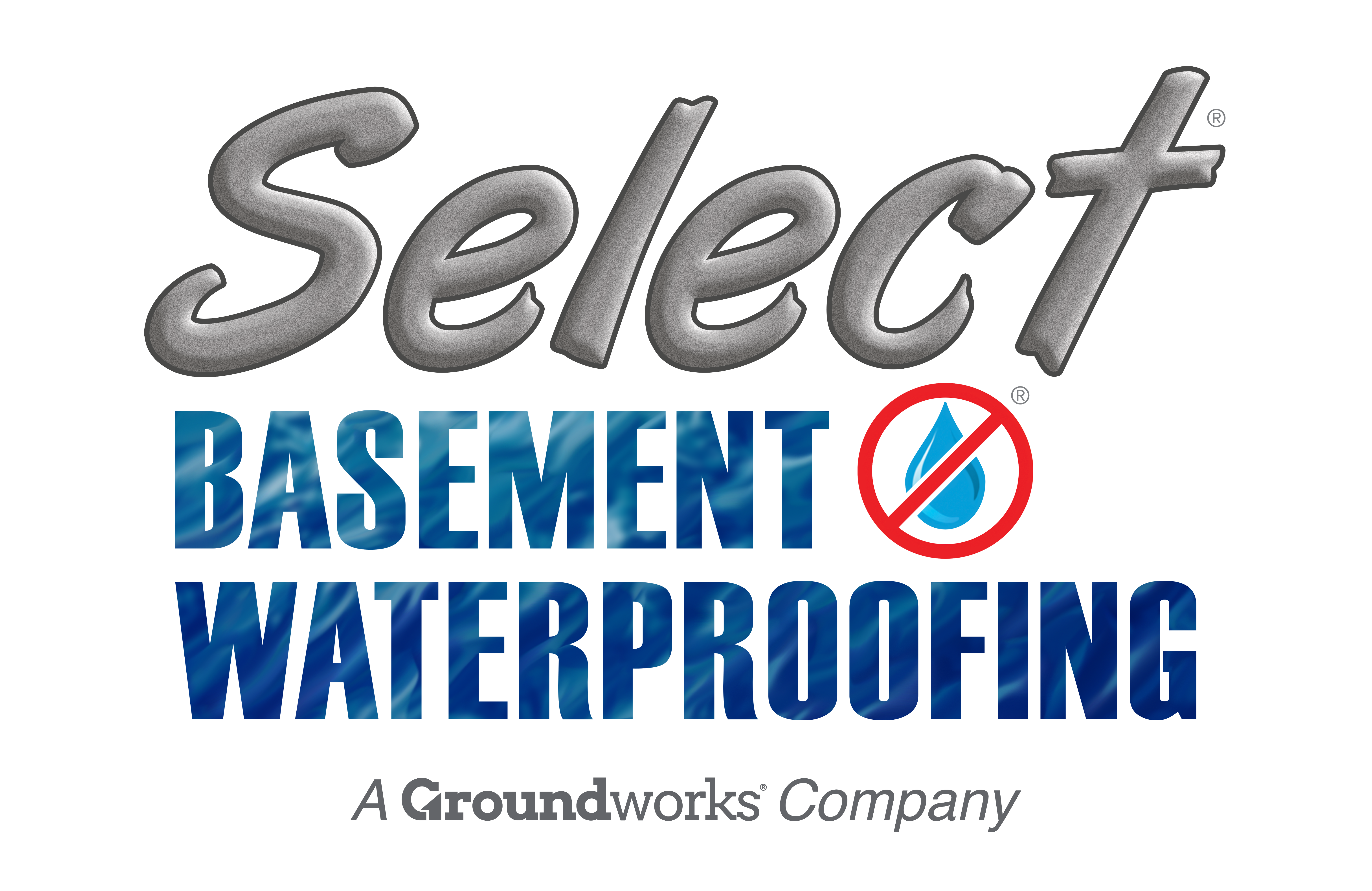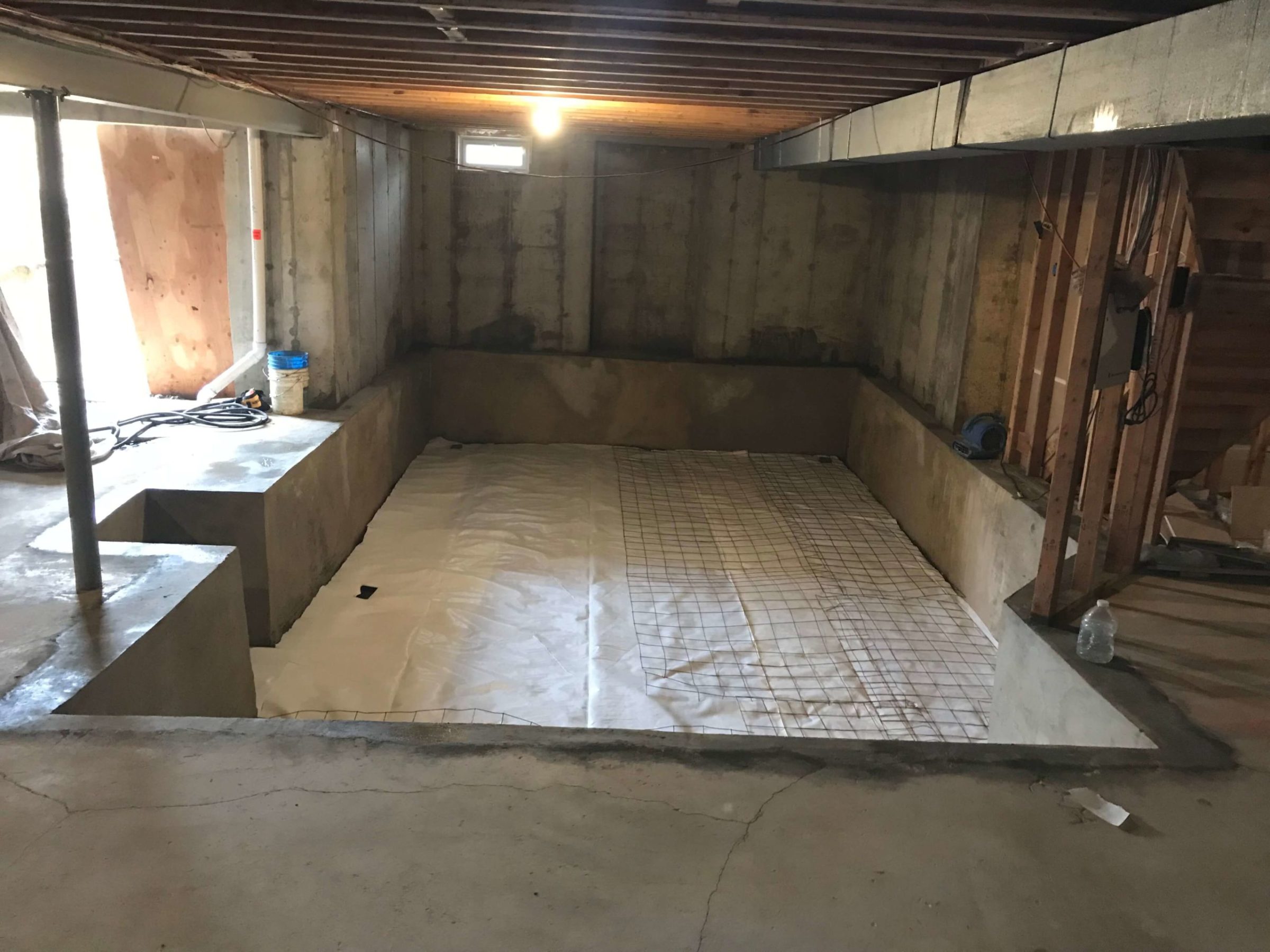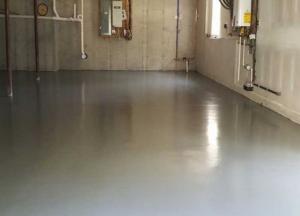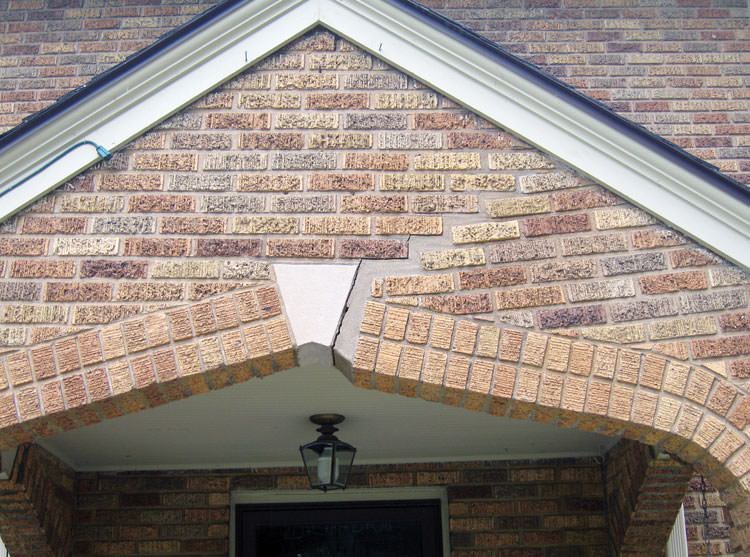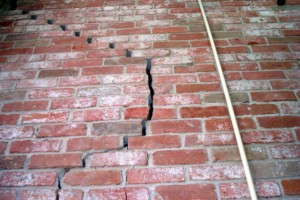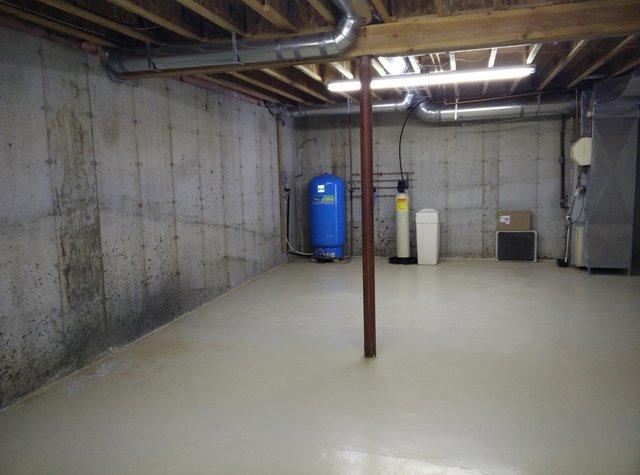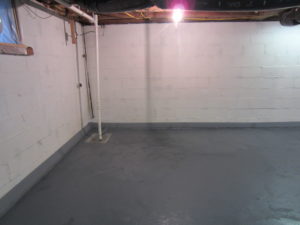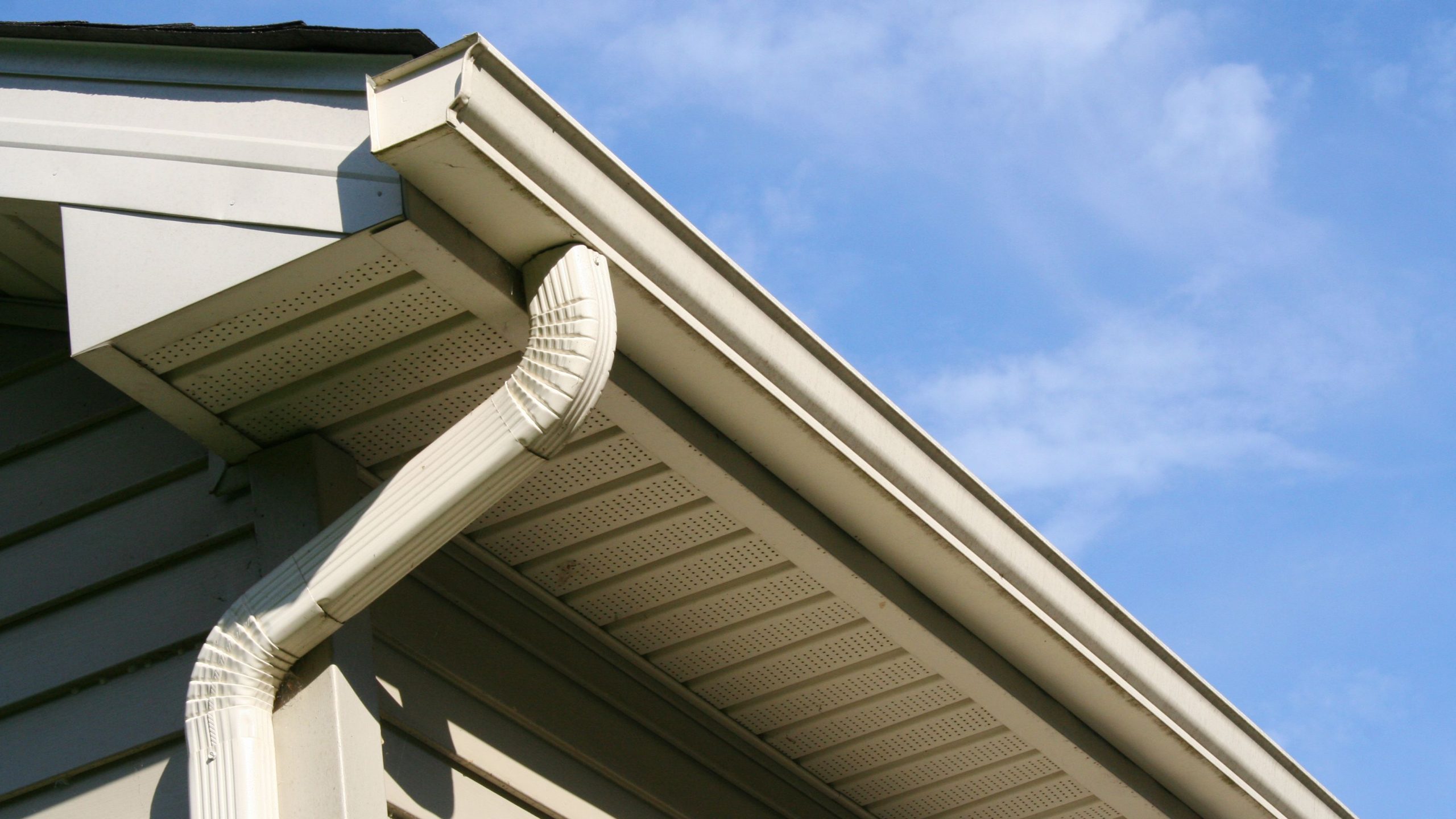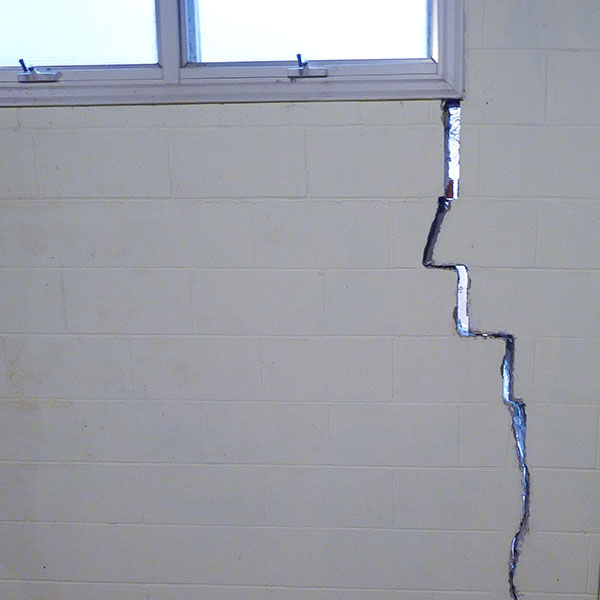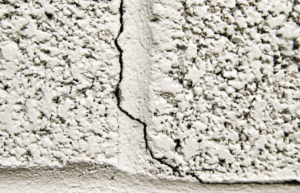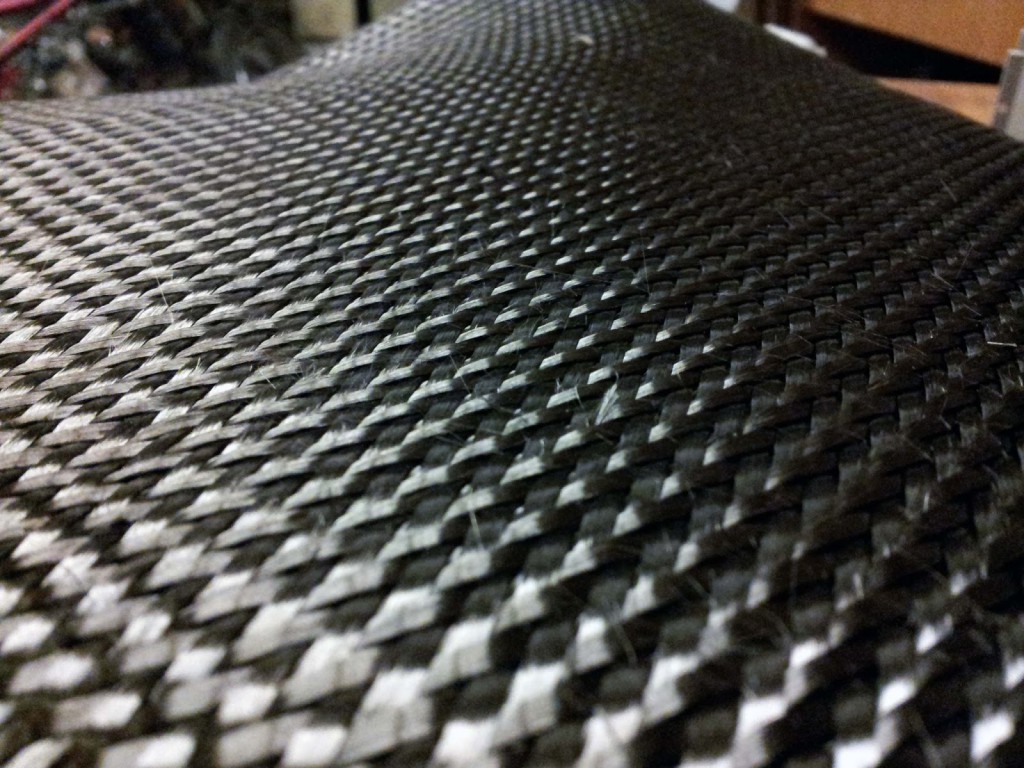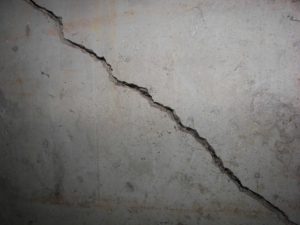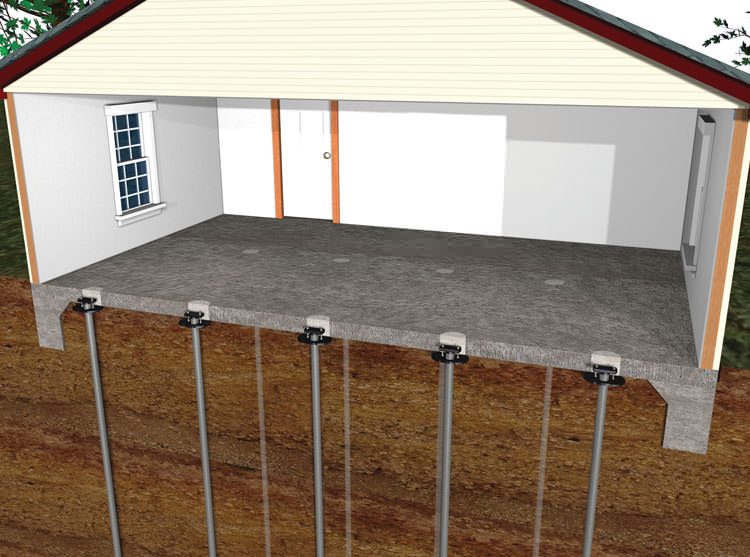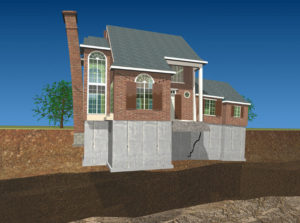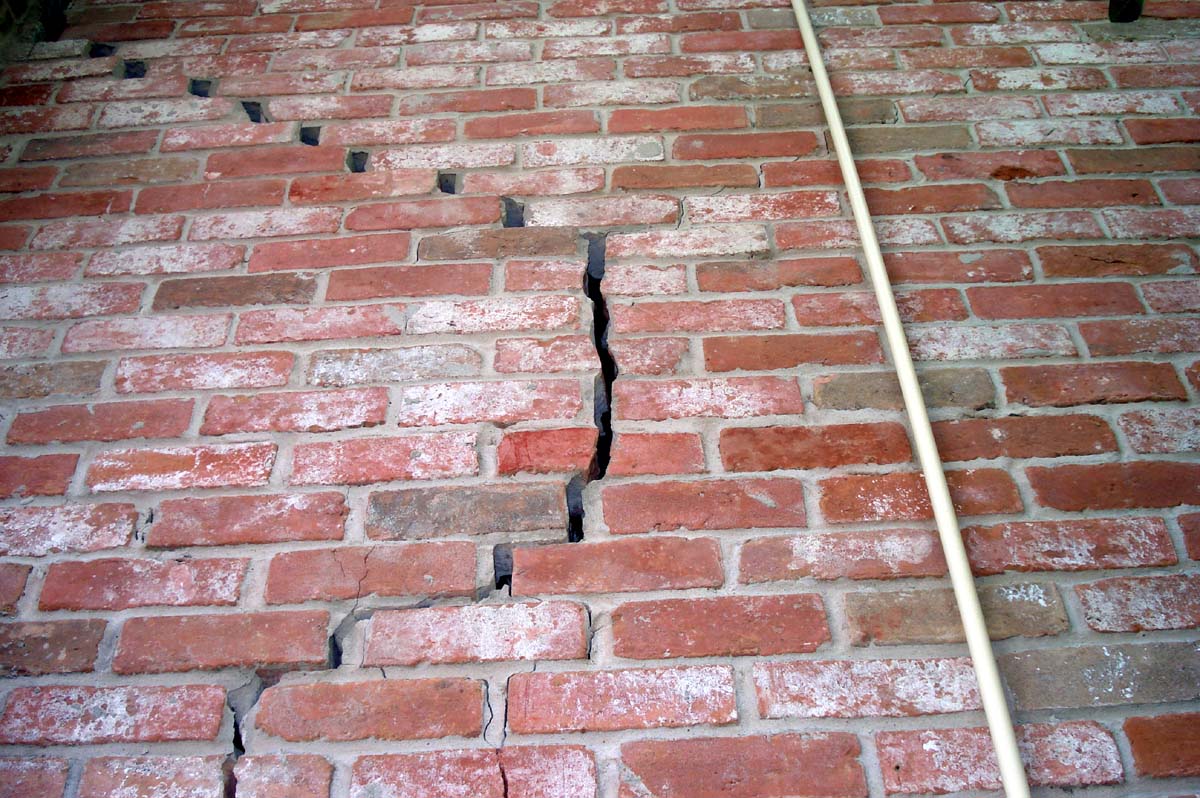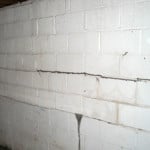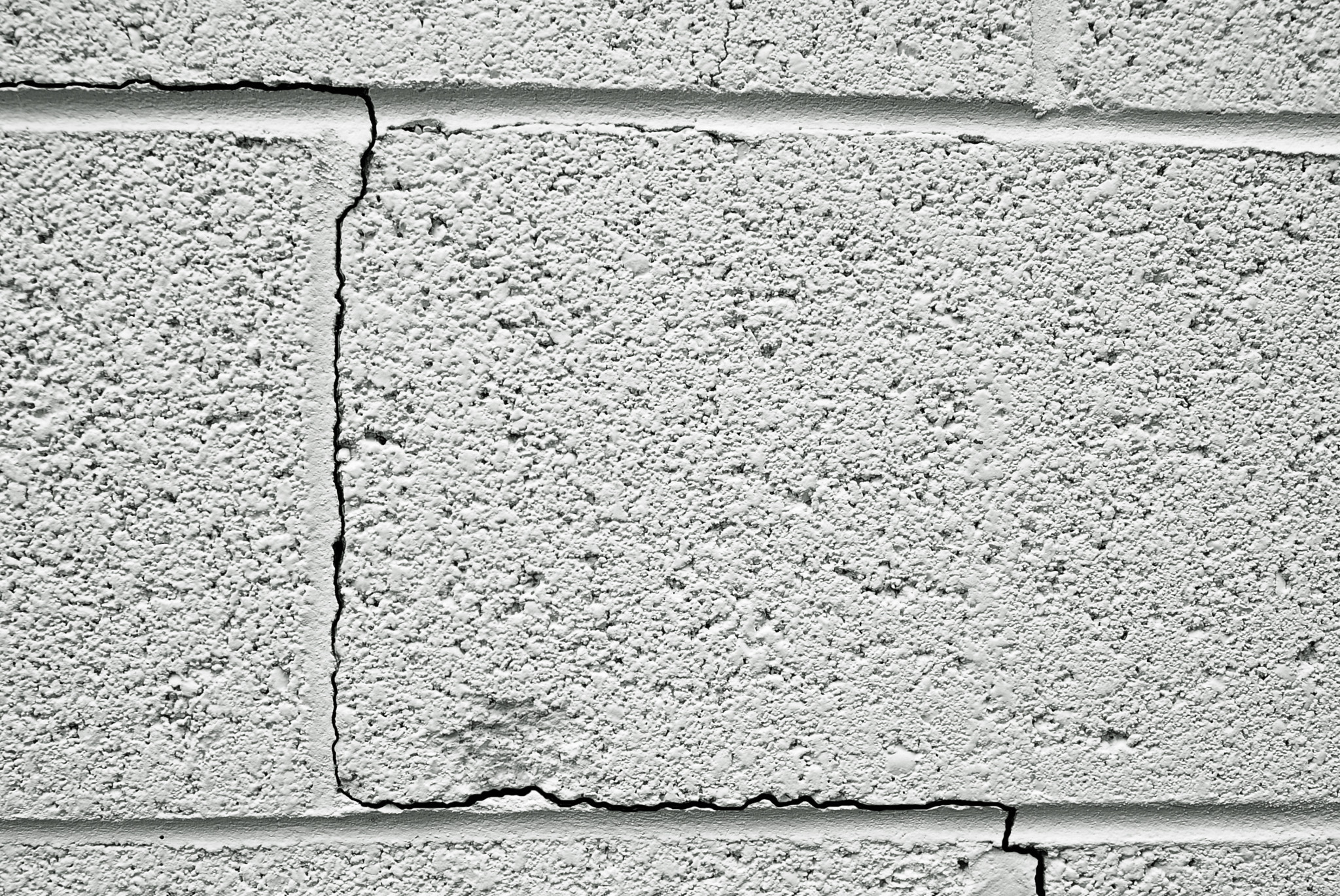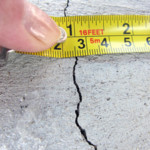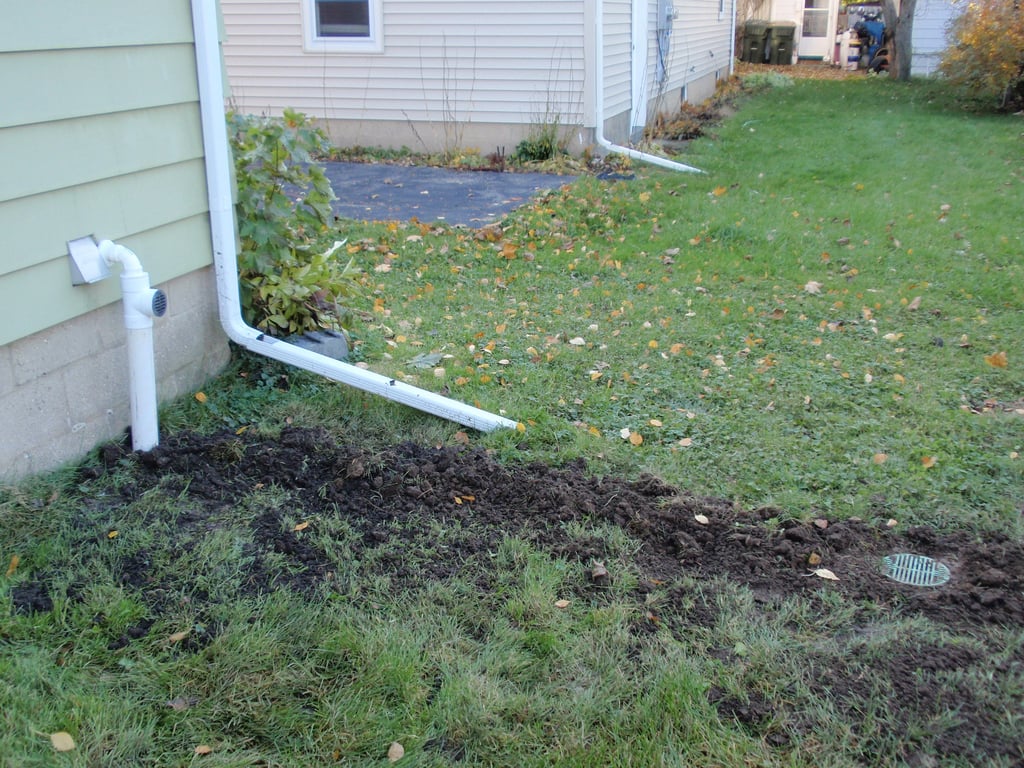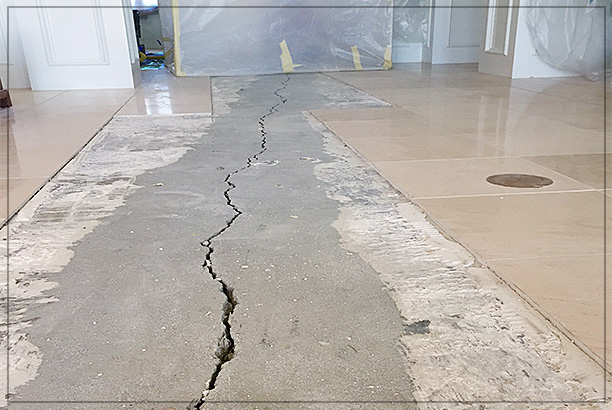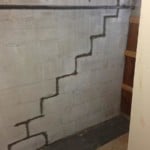Basement waterproofing is one of the ways of protecting your basement against damage by water. Left on its own, a basement whose walls and floor are leaking will experience further damage that can ultimately affect the structural integrity of your building. It is essential to be familiar with some signs that suggest that your basement has leaks. If you see the following signs in your basement, it is time to call a basement waterproofing contractor.
- Growth of Mold and Mildew
Mold and mildew thrive in damp conditions. The presence of mold or mildew is a sign that your basement has high humidity. The high humidity could be as a result of a leaking wall. It could also be water that is seeping into the basement through the floor.
- Water Puddles in the Basement
The presence of water puddles in the basement indicates that the basement has high moisture. The water puddles could be due to water that leaks into the basement through the wall. It could also be as a result of the condensing dampness in the basement. Any of these signs indicate that the basement is porous and requires waterproofing.
- Efflorescence
Efflorescence is the movement of salt to the surface of a permeable material such as concrete or a brick wall. The salt deposits at the surface of the porous material as a white chalky substance. Therefore, the presence of a white chalky substance on the interior basement wall indicates that water and different types of salts are being absorbed by the basement wall. A basement waterproofing contractor will help you solve this problem.
- Wetness and Foul Smell
A basement that is wet or damp is a sign that water is seeping into the basement. The foul smell could be signaling the growth of mold or mildew as a result of the high moisture level in the basement.
- Cracks on the Basement Wall or Floor
If you spot any type of crack on the wall or floor of the basement, you need to call a basement waterproofing contractor as quickly as possible. Given that many cracks are caused by water damage, any delay in repairing cracks in the basement could lead to further damage to the basement and the foundation wall.
- Warped Walls
Warped basement walls result from problems such as the application of hydrostatic pressure on the walls. A certified contractor will help you excavate the exterior section of the basement, fix the wall, and waterproof the wall to avert further damage.
Contact the Professionals at Select Basement Waterproofing Today! (732) 526-7770
